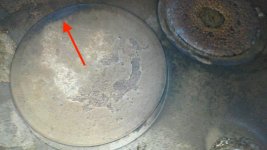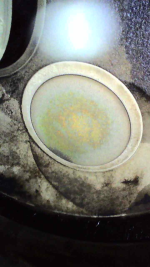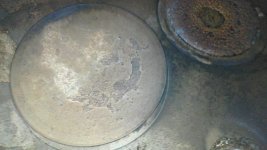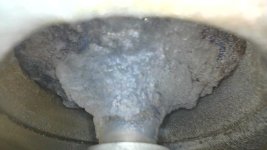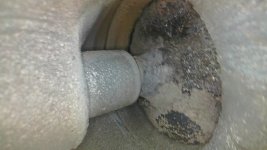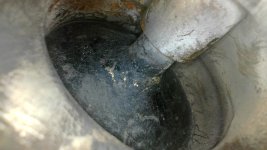I'm doing my condition inspection and the intake valve on #4 cylinder apparently has an issue. Compression on that cylinder went from 78# to 74# in the last 18 hours and when borescoped it has a definite hot spot. I really don't want to pull the cylinder unless necessary so what should be my plan of action?
Stake the valve and fly it for 10 hours or so while monitoring it and hope for the best or just go ahead and try lapping it in place in hopes of resolving the issue. Any other suggestions?

Stake the valve and fly it for 10 hours or so while monitoring it and hope for the best or just go ahead and try lapping it in place in hopes of resolving the issue. Any other suggestions?



